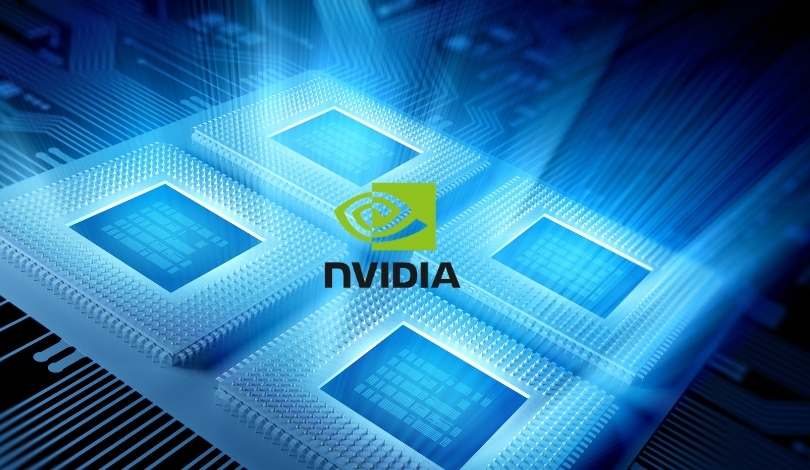Enterprise technology providers are set to deliver powerful new options for businesses aiming to boost AI and analytics capabilities. NVIDIA’s RTX PRO 6000 Blackwell Server Edition GPU will soon be integrated into high-density 2U servers from industry partners including Cisco, Dell Technologies, HPE, Lenovo, and Supermicro. These deployments are designed to address the rising demand for efficiency in fields such as simulation, graphics, content creation, and scientific applications, especially as AI-driven workloads become standard across sectors. Companies now have greater choice in configuring server capacity and energy usage, allowing a tailored approach to computational resource management. Major players in robotics, automotive, and industrial sectors are already planning large-scale deployments using this next-generation server hardware, anticipating broad-scale adoption as businesses refine their digital infrastructure strategies.
NVIDIA’s announcement builds on months of speculation regarding next-generation GPU adoption in the enterprise server market. While earlier releases by NVIDIA and its competitors focused predominantly on hyperscale cloud deployments, recent news points to a clear shift toward on-premises optimization, particularly in AI, robotics, and digital twin workloads. Past coverage highlighted potential bottlenecks around power usage and scalability, which the Blackwell architecture now addresses through better energy efficiency and multi-tenant workload capability. The present rollout aligns with growing industry trends, as hybrid cloud and physical AI solutions continue to converge within corporate and research settings.
What Performance Can Enterprise Users Expect?
According to NVIDIA, the RTX PRO 6000 Blackwell Server Edition in 2U configurations can facilitate up to eight GPUs per unit, delivering significant performance increases in analytics, simulation, graphics, and AI model training compared to CPU-only systems. The company reports that servers equipped with this GPU series can achieve up to 45 times higher compute speeds with energy efficiency gains claimed to be 18 times greater than traditional architectures. Dell and other partners are updating their hardware and software packages, such as the Dell PowerEdge R7725 server, to incorporate these new capabilities.
How Do Blackwell GPU Features Increase Capability?
The RTX PRO 6000 servers operate on NVIDIA’s Blackwell architecture, which introduces fifth-generation Tensor Cores and a second-generation Transformer Engine designed for increased inference throughput. Virtualization capabilities enable multiple concurrent GPU workloads, addressing organizational needs for flexible resource allocation. The hardware is complemented by updated Omniverse SDKs and MuJoCo support, expanding support for robot simulation, 3D data generation, and synthetic training data creation. NVIDIA Multi-Instance GPU technology allows companies to run diverse workloads simultaneously, making the infrastructure suitable for both shared environments and dedicated tasks.
Will Robotics and AI Agents Benefit from New Software Tools?
The server platform integrates NVIDIA Omniverse’s latest digital twin tools and Cosmos world foundation models, streamlining the development and operation of advanced robotics and AI agents. These systems are rated for synthetic dataset generation, vision language modeling, video analytics, and neural rendering. Industry users such as automakers and robotics manufacturers are integrating these new software libraries, as seen with Voxel51’s FiftyOne engine, Boston Dynamics, and Amazon Devices & Services. Furthermore, downloads of Cosmos world foundation models have surpassed two million, reflecting rapid industry uptake for AI training and simulation.
NVIDIA’s announcement featured direct commentary about the shift in computational architecture.
“AI is reinventing computing for the first time in 60 years – what started in the cloud is now transforming the architecture of on-premises data centres,”
stated Jensen Huang, founder and CEO of NVIDIA. The company further added,
“With the world’s leading server providers, we’re making NVIDIA Blackwell RTX PRO Servers the standard platform for enterprise and industrial AI.”
The expanded ecosystem leverages a continuum of software and hardware tools for both research and applied business use cases, accelerating adoption in enterprises aiming to scale their AI and robotics operations.
Analysis of the rollout indicates a strong focus on practical, scalable solutions rather than only headline-grabbing performance numbers. Organizations evaluating on-premises GPU infrastructure should consider the interplay between hardware, software stack, and energy consumption—balancing initial investment with operational cost savings. For robotics and AI training, the integration of virtual simulation tools and synthetic dataset capabilities in production environments can speed up development and testing. Competitors may look to similar energy efficiency improvements and hybrid cloud approaches to remain relevant in the sector, while users can monitor benchmark results and partner case studies for data-driven implementation planning.
- Enterprise servers will soon include NVIDIA’s RTX PRO 6000 Blackwell GPU.
- Partners target AI, robotics, scientific research with improved performance and energy use.
- NVIDIA centers offering include updated Omniverse, Cosmos, and vision language models.










